Porsche 2011 Annual Report Download - page 162
Download and view the complete annual report
Please find page 162 of the 2011 Porsche annual report below. You can navigate through the pages in the report by either clicking on the pages listed below, or by using the keyword search tool below to find specific information within the annual report.-
 1
1 -
 2
2 -
 3
3 -
 4
4 -
 5
5 -
 6
6 -
 7
7 -
 8
8 -
 9
9 -
 10
10 -
 11
11 -
 12
12 -
 13
13 -
 14
14 -
 15
15 -
 16
16 -
 17
17 -
 18
18 -
 19
19 -
 20
20 -
 21
21 -
 22
22 -
 23
23 -
 24
24 -
 25
25 -
 26
26 -
 27
27 -
 28
28 -
 29
29 -
 30
30 -
 31
31 -
 32
32 -
 33
33 -
 34
34 -
 35
35 -
 36
36 -
 37
37 -
 38
38 -
 39
39 -
 40
40 -
 41
41 -
 42
42 -
 43
43 -
 44
44 -
 45
45 -
 46
46 -
 47
47 -
 48
48 -
 49
49 -
 50
50 -
 51
51 -
 52
52 -
 53
53 -
 54
54 -
 55
55 -
 56
56 -
 57
57 -
 58
58 -
 59
59 -
 60
60 -
 61
61 -
 62
62 -
 63
63 -
 64
64 -
 65
65 -
 66
66 -
 67
67 -
 68
68 -
 69
69 -
 70
70 -
 71
71 -
 72
72 -
 73
73 -
 74
74 -
 75
75 -
 76
76 -
 77
77 -
 78
78 -
 79
79 -
 80
80 -
 81
81 -
 82
82 -
 83
83 -
 84
84 -
 85
85 -
 86
86 -
 87
87 -
 88
88 -
 89
89 -
 90
90 -
 91
91 -
 92
92 -
 93
93 -
 94
94 -
 95
95 -
 96
96 -
 97
97 -
 98
98 -
 99
99 -
 100
100 -
 101
101 -
 102
102 -
 103
103 -
 104
104 -
 105
105 -
 106
106 -
 107
107 -
 108
108 -
 109
109 -
 110
110 -
 111
111 -
 112
112 -
 113
113 -
 114
114 -
 115
115 -
 116
116 -
 117
117 -
 118
118 -
 119
119 -
 120
120 -
 121
121 -
 122
122 -
 123
123 -
 124
124 -
 125
125 -
 126
126 -
 127
127 -
 128
128 -
 129
129 -
 130
130 -
 131
131 -
 132
132 -
 133
133 -
 134
134 -
 135
135 -
 136
136 -
 137
137 -
 138
138 -
 139
139 -
 140
140 -
 141
141 -
 142
142 -
 143
143 -
 144
144 -
 145
145 -
 146
146 -
 147
147 -
 148
148 -
 149
149 -
 150
150 -
 151
151 -
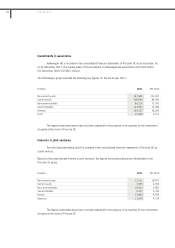 152
152 -
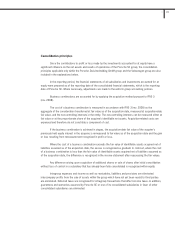 153
153 -
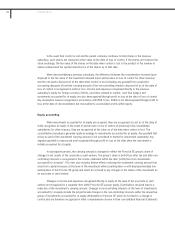 154
154 -
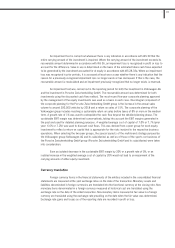 155
155 -
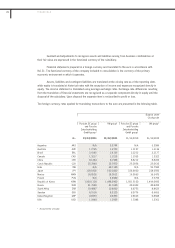 156
156 -
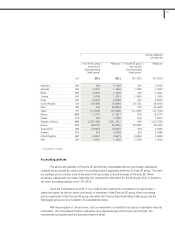 157
157 -
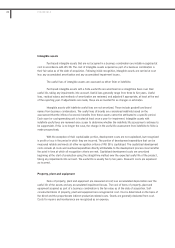 158
158 -
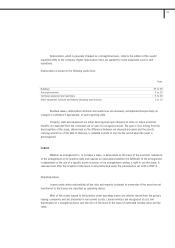 159
159 -
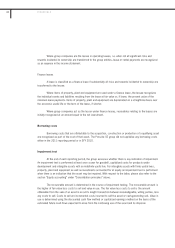 160
160 -
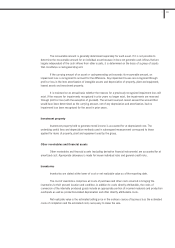 161
161 -
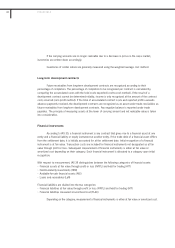 162
162 -
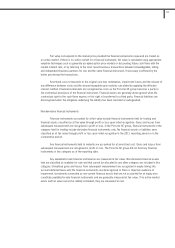 163
163 -
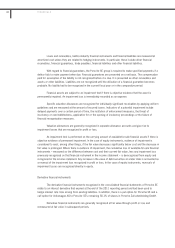 164
164 -
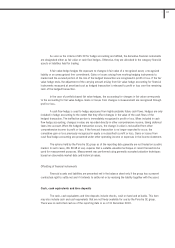 165
165 -
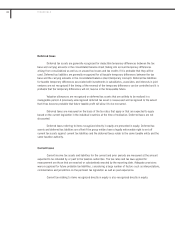 166
166 -
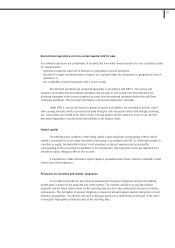 167
167 -
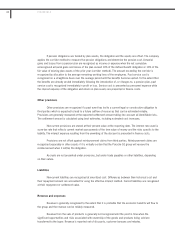 168
168 -
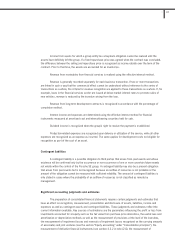 169
169 -
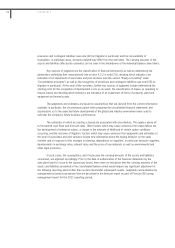 170
170 -
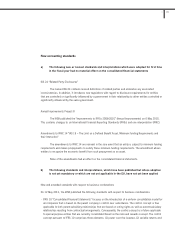 171
171 -
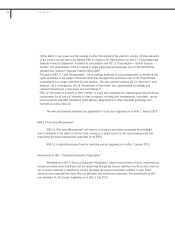 172
172 -
 173
173 -
 174
174 -
 175
175 -
 176
176 -
 177
177 -
 178
178 -
 179
179 -
 180
180 -
 181
181 -
 182
182 -
 183
183 -
 184
184 -
 185
185 -
 186
186 -
 187
187 -
 188
188 -
 189
189 -
 190
190 -
 191
191 -
 192
192 -
 193
193 -
 194
194 -
 195
195 -
 196
196 -
 197
197 -
 198
198 -
 199
199 -
 200
200 -
 201
201 -
 202
202 -
 203
203 -
 204
204 -
 205
205 -
 206
206 -
 207
207 -
 208
208 -
 209
209 -
 210
210 -
 211
211 -
 212
212 -
 213
213 -
 214
214 -
 215
215 -
 216
216 -
 217
217 -
 218
218 -
 219
219 -
 220
220 -
 221
221 -
 222
222 -
 223
223 -
 224
224 -
 225
225 -
 226
226 -
 227
227 -
 228
228 -
 229
229 -
 230
230 -
 231
231 -
 232
232 -
 233
233 -
 234
234 -
 235
235 -
 236
236 -
 237
237 -
 238
238 -
 239
239 -
 240
240
 |
 |

If the carrying amounts are no longer realizable due to a decrease in prices in the sales market,
inventories are written down accordingly.
Inventories of similar nature are generally measured using the weighted average cost method.
Long-term development contracts
Future receivables from long-term development contracts are recognized according to their
percentage of completion. The percentage of completion to be recognized per contract is calculated by
comparing the accumulated costs with the total costs expected (cost-to-cost method). If the result of a
development contract cannot be determined reliably, income is only recognized at the amount of the contract
costs incurred (zero profit method). If the total of accumulated contract costs and reported profits exceeds
advance payments received, the development contracts are recognized as an asset under trade receivables as
future receivables from long-term development contracts. Any negative balance is reported under trade
payables. The principle of measuring assets at the lower of carrying amount and net realizable value is taken
into consideration.
Financial instruments
According to IAS 39, a financial instrument is any contract that gives rise to a financial asset at one
entity and a financial liability or equity instrument at another entity. If the trade date of a financial asset differs
from the settlement date, it is initially accounted for at the settlement date. Initial recognition of a financial
instrument is at fair value. Transaction costs are included for financial instruments not designated as at fair
value through profit or loss. Subsequent measurement of financial instruments is either at fair value or
amortized cost depending on their category. Each financial instrument is allocated to a category upon initial
recognition.
With respect to measurement, IAS 39 distinguishes between the following categories of financial assets:
· Financial assets at fair value through profit or loss (FVtPL) and held for trading (HfT)
· Held-to-maturity investments (HtM)
· Available-for-sale financial assets (AfS)
· Loans and receivables (LaR)
Financial liabilities are divided into the two categories:
· Financial liabilities at fair value through profit or loss (FVtPL) and held for trading (HfT)
· Financial liabilities measured at amortized cost (FLAC)
Depending on the category, measurement of financial instruments is either at fair value or amortized cost.
162 FINANCIALS
